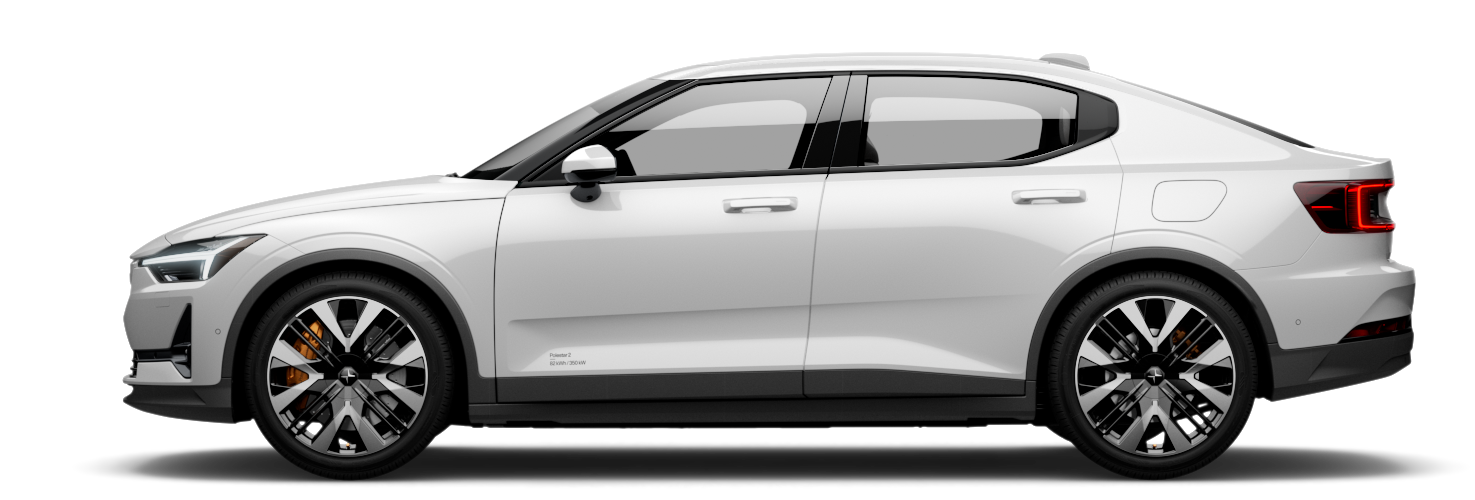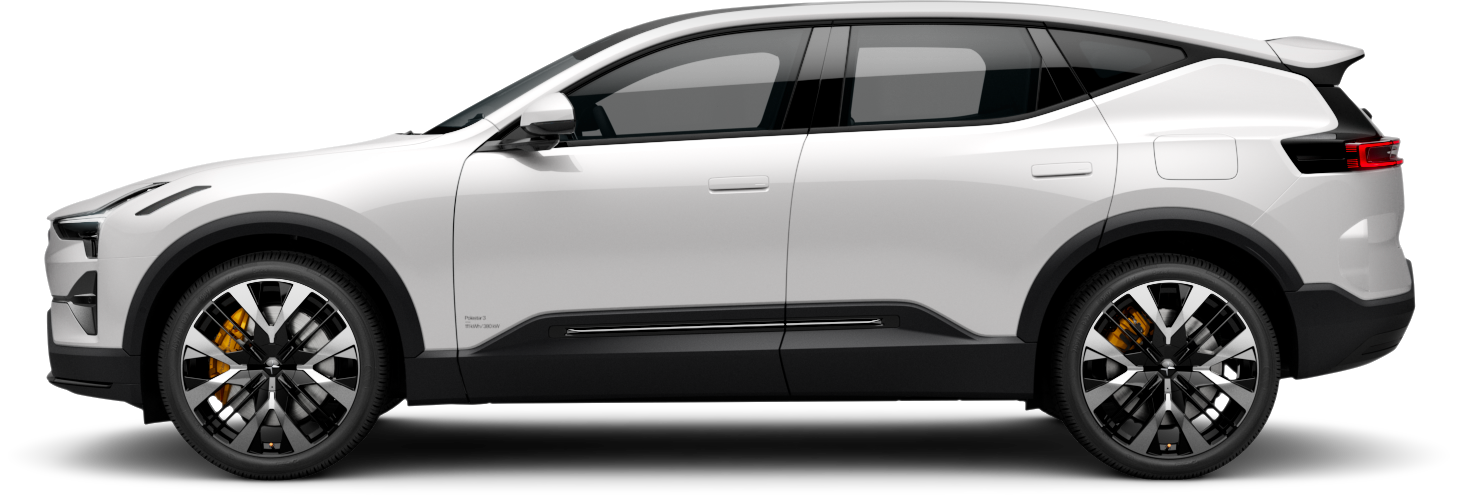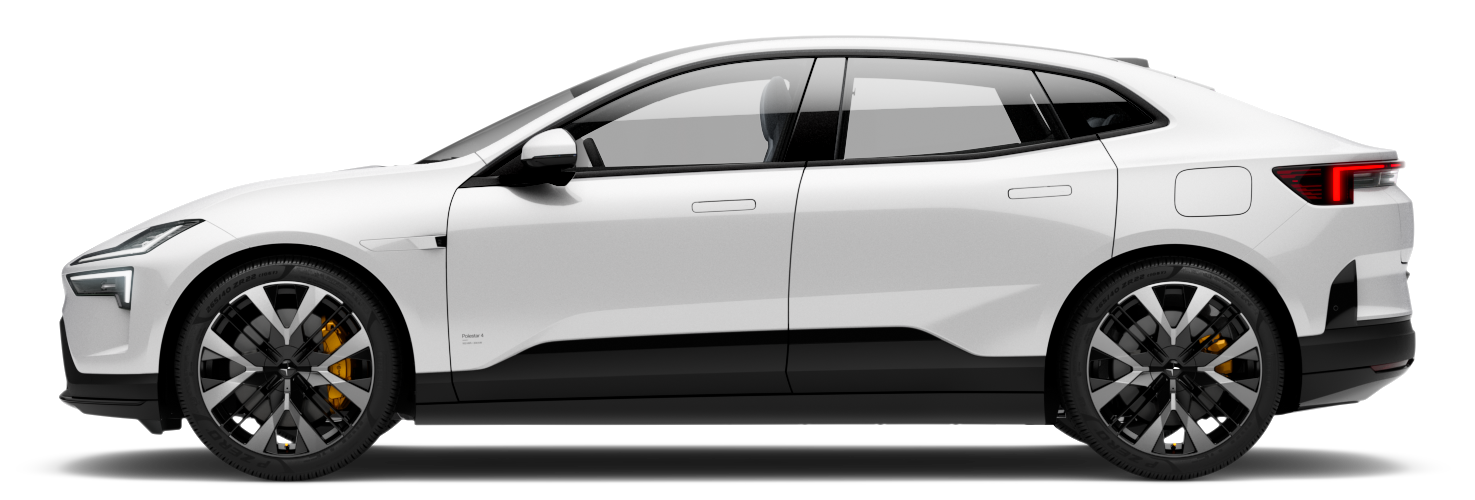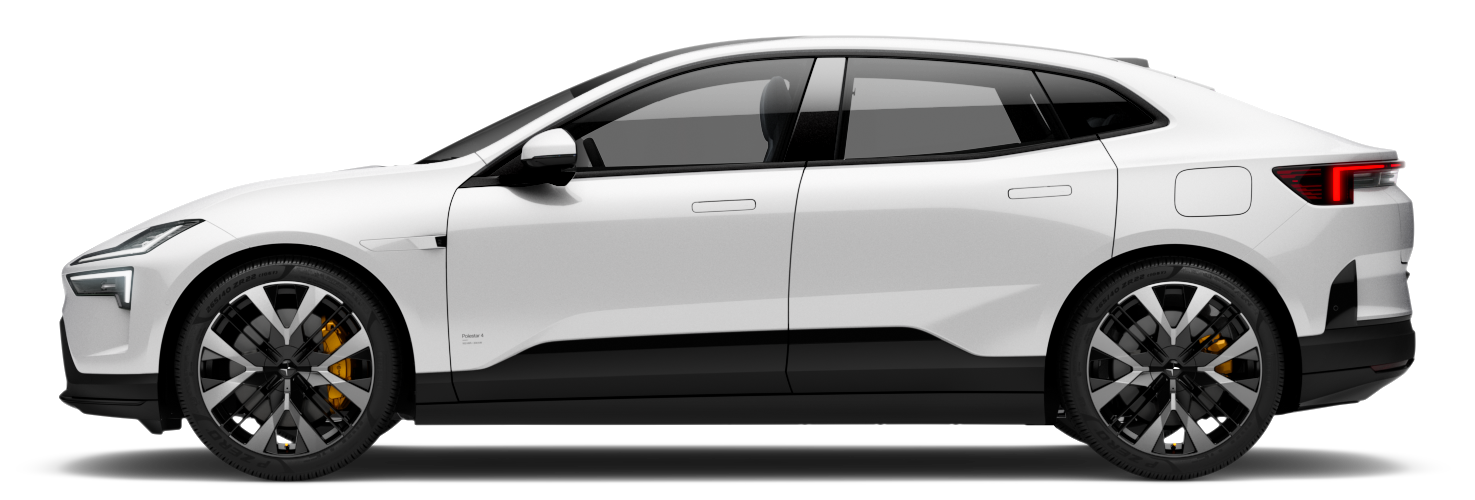Charging of high-voltage battery
Charging in vehicle's center display
The center display can be used to set charging level, unlock the charging cable and set charging power capacity (amperage).
Read moreCharging status in the instrument panel
The charging status is indicated in the instrument panel.
Read moreOpening and closing the charging socket cover
The cover for the high-voltage battery's charging socket opens manually.
Read moreCharging status in the vehicle's charging socket
The charging status is indicated by an LED light in the charging socket.
Read moreCharge cable
The charging cable is used to charge the vehicle's high-voltage battery.
Read moreGround fault breaker in charging cable
The charging cable has a circuit breaker that helps protect against current overloads and thermal overheating.
Read moreCharging status in the charging cable's control module
The indicator on the charging cable's control module shows the status of charging in progress.
Read moreTemperature monitoring of the charging cable
To help ensure the vehicle's high-voltage battery is reliably charged each time it is connected, charging is stopped if the temperature in the charging cable becomes too high and reaches a critical limit.
Read moreCharging of high-voltage battery
The vehicle is equipped with a rechargeable high-voltage lithium-ion battery.
Read moreStarting charging of high-voltage battery
When charging using AC current, only use the charging cable provided with the vehicle or a replacement cable recommended by Polestar. The vehicle's high-voltage battery is charged using the charging cable between the vehicle and a 120/240 V outlet (alternating current) or charging station (mode 3).
Read moreStopping charging of high-voltage battery
Stop charging by pressing the button next to the charging socket or the button in the center display. Unplug the charging cable from the vehicle's charging socket and then unplug the cable from the 120/240 V-outlet (AC, alternating current).
Read moreElectric propulsion symbols and messages in the instrument panel
If a fault occurs in the vehicle's electric propulsion system, a symbol and a message will appear in the instrument panel. Several examples are provided below.
Read moreCharging output
Charging output is used to charge the high-voltage batteries and precondition the vehicle. Charging is performed by connecting a charging cable between the vehicle's charging socket and a 120/240 V electrical socket (alternating current) or via a charging station.
Read more




